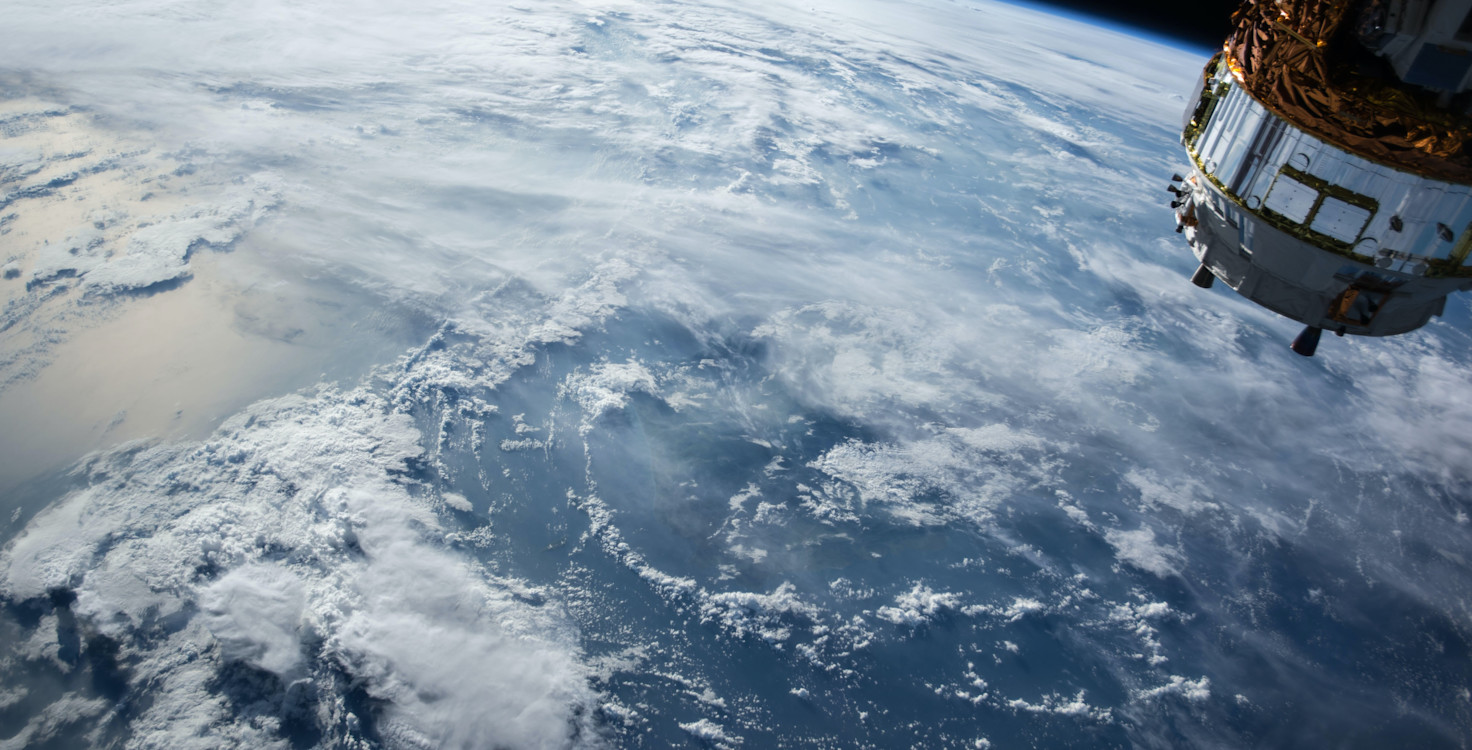Space agencies have long been a source of innovation. From fireproof suits for burns victims, to smartphone cameras, many different innovations have come from NASA.
Last week saw another historic moment for NASA and space travel, as they successfully collected the first asteroid sample from space and brought it back to Earth. This achievement opens the door to a wealth of scientific possibilities, offering the potential to deepen our understanding of the early solar system and the prospect of asteroids harbouring resources for future space exploration.
Another key area of space exploration will be ensuring astronauts have a continuous food supply for long space missions. And it has been interesting to see a number of space agencies globally investing in new alternative proteins over the past couple of years. As an example, the European Space Agency as well as NASA, and Japan’s space agency JAXA, and Canada’s space agency have invested in cultured meat. However, it is not yet clear whether other large space agencies, such as the space agencies of UK, China or India have made any investments into the sector. In 2022, the European Space Agency (ESA) announced it was investigating cultured meat as a novel technology that could help address the challenge of producing food in situ during missions. On the European Space Agency website, it is noted that “cellular agriculture makes it possible to obtain a very large amount of cultured meat from a limited number of animal muscle cells”.
From a space innovation perspective, according to the ESA, it offers the possibility of producing new food while achieving greater self-sustainability and providing fresh food whilst reducing dependence on resupplies from Earth. What’s more, the ESA notes that in the future, these developments could also be applied on Earth, with significant co-benefits for environmental sustainability and food security.
Innovations in Space Food Technology
In 2022, NASA launched a $1 million prize to feed astronauts in space. The finalists of this prize, announced in January 2023, included systems that create food using carbon dioxide and fungal proteins. Among the finalists that were recently announced was Solar Foods, a Finnish company which uses gas fermentation to produce single-cell proteins. Canada's space agency has also been involved as they are a collaborator on the same space food innovation project with NASA.Moreover, several experiments have taken place in space using alternative protein. In 2019, Aleph Farms worked with the International Space Station to grow the first cultured meat in space. The second experiment took place in 2022, where beef (cow) cells were harvested on Earth and taken to space, where they were grown.
In Asia, Japan's aerospace exploration agency is also involved in a programme called Space FoodSphere which involves cell cultured meat and microbial protein. Japanese start-up Integriculture Inc has been working Tokyo Women's Medical University and the Japan Aerospace Exploration Agency, or JAXA, on a project on space-based cellular agriculture and cultivated meat production in space.
The rationale is that astronauts will need a source of protein in outer space, but it would be resource-intensive to farm livestock in space due to the amounts of water and animal feed required. According Our World in Data, the protein and energy efficiency of beef production is low, as for every 100 kilocalories you feed a cow, you only get 2 kilocalories of beef back. This means space agencies are looking at new ways of producing protein with lower inputs. New innovation in food technology is a part of the long-term idea of humanity becoming what physicists call an “interplanetary species” – an idea which has also been promoted previously by the likes of Elon Musk.
The relevance for investors
A side effect of these experiments by space agencies could be developments that bring down the cost of technologies that could be used on earth or innovating new breakthroughs in these technologies. The level of innovation from NASA has been so high that it is reported that about one in every 1,000 U.S. patents is granted to someone working on a NASA project. This makes this an interesting and relevant area for investors.
As an example of innovation from space, home insulation technology was first developed for use in space and is now used widely in most homes, while wireless headsets were first developed for astronauts to allow them to be handsfree in space. In fact, the history of the technology of cultured meat also has its roots in NASA space innovation from 2002.
It remains to be seen whether major breakthroughs in the protein sector will result from new space agency investment. However, it will be interesting to monitor future innovations driven by space agency investment. Moreover, in the post-Brexit environment, the UK Space Agency may take up the mantle of innovating in new areas, with recent investments being announced on a regional basis.
These technologies, such as cultured meat, still face some challenges before they are used widely or even available commercially, such as the potential for scale, reduced costs, and regulatory approval. However, it’s clear that as we strive to push the boundaries of space, we may find solutions to the challenges of producing sustainable food on Earth as well.
FAIRR insights are written by FAIRR team members and occasionally co-authored with guest contributors. The authors write in their individual capacity and do not necessarily represent the FAIRR view.











